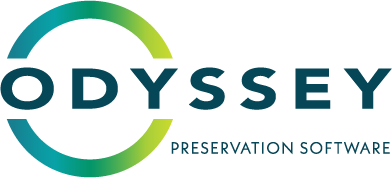From collection Jon Johansen Collection
Tugs CLYDE B. HOLMES and SEGUIN
B&W negative of the tugs SEGUIN and CLYDE B. HOLMES tied up at the Eastern maine Towage Co. in Belfast, Maine. The CLYDE B. HOLMES was built in Baltimore in 1924 and christened the John Wannamaker. This 118 foot tugboat served the City of Philadelphia for decades. Although she did some towing along the Delaware, she was specially designed for entertaining, and carried dignitaries up and down the river in style. It wasn't until 1955 that she started her career in the bullish business of ship handling. She was sent to Maine's Penobscot Bay and her life began again, this time as the CLYDE B. HOLMES. She was the last commercially-operated steam screw tug in all of coastal North America. Capt. Jim Sharpe of Camden, Maine purchased the tug and converted her into a restaurant berthed in Camden, Maine. The engine was kept intact in the dining area and turned by a small motor. She was sold and moved to Quincy, MA and renamed the EDMUND FITZGERALD. In 1977 she was relocated to Portsmouth, NH as a restaurant and renamed JOHN WANAMAKER.The SEGUIN was built by B.W. & H.F. Morse, Bath, for Knickerbocker Steam Towage Co., (which the Morses owned) in 1884. In 1969 the SEGUIN was donated to Maine Maritime Museum, Bath, Maine, by then-owner Eastern Maine Towage Company of Belfast, Maine.The Maine Maritime Museum was undertaking a reconstruction program that will ultimately restore the Seguin to her 1915 appearance. That year was chosen because the museum has extensive documentation of the Seguin’s arrangement and profile at that time.She was hauled in 1977 at Percy & Small’s north ways, where a ship-house facility was built over it, and the search for sound wood begun. None was to be found. Seguin was not to reach her 1984 centenary, as many had hoped. By 1988, defeated by the magnitude of the decay of the vessel, ironically and wrenchingly, the Museum had to dismantle its own ultimate artefact. The old tug was dissected into a sub-collection of over 350 separate items, ranging from coffee cans of nuts up to the enormous compound engine. A program of documentation, publication, and exhibition of these was undertaken that continues.




